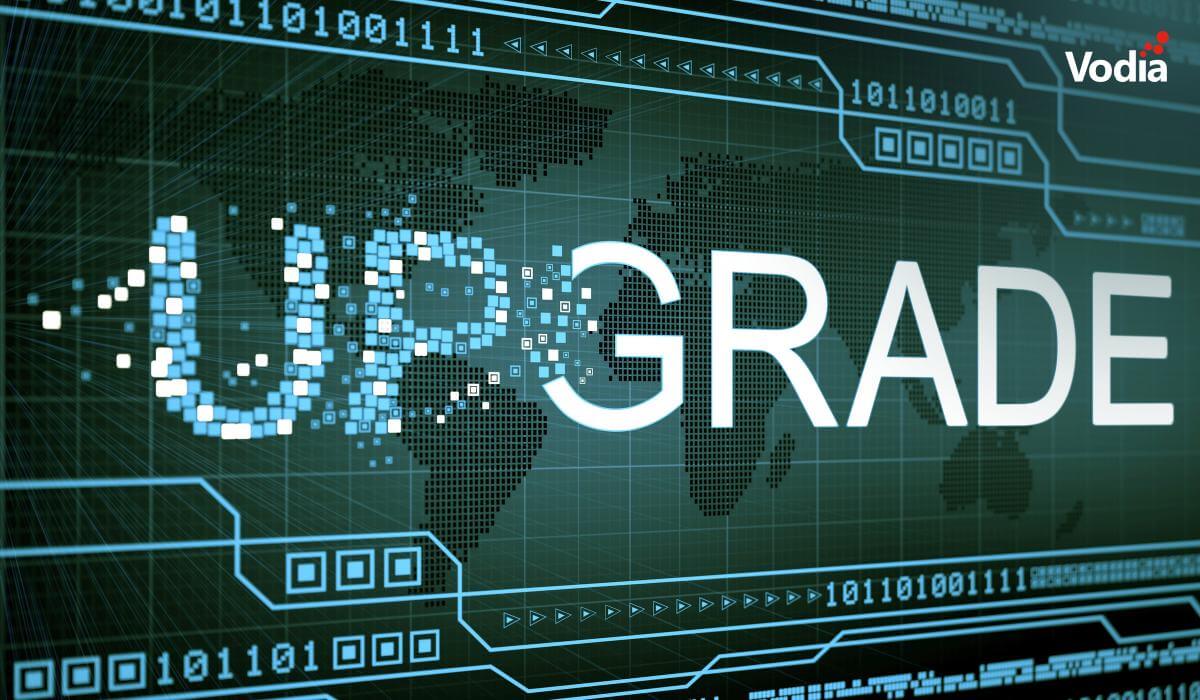Has your business or organization moved its telephony to the cloud? If so, you’re ready to make the leap to Internet of Things (IoT). It’s actually not a tremendous leap, and if you’re in the cloud already, you’re halfway there.
The IoT is a network of “things” (physical objects) – everything from items in your household or office to fleets of vehicles and industrial tools – connected to each other via unique identifiers (sensors and/or software)that connect and exchange data with other devices and systems via the Internet. As of 2020 there were approximately 10 billion “things” connected worldwide, and analysts believe we will see more than double this amount by 2025. And the current and expected number of IoT data points is staggering: any laptop, sensor, smartphone or wearable device can connect to the IoT and share data, including a chip implanted in a cat or dog, sensors in automobiles that monitor engine function and maintenance issues...even heartrate monitors. We are already seeing IoT in what are now known as “smart homes” – houses and apartments with electronics and security accessible via any wi-fi-enabled device.
There are myriad real-world IoT applications, including consumer, enterprise, manufacturing and industrial, and many of these applications are already contributing to increased efficiency and economies of scale in many verticals, including agriculture, airlines, automotive, defense, energy, healthcare, hospitality, logistics and telecommunications – even theme parks, where IoT can track visitor activity. Just about any business can benefit from IoT, as it brings process automation, analysis and insight, fleet and asset management, labor reduction and performance monitoring to any enterprise; for many organizations it’s become a key milestone on the path to complete digital transformation. IoT continues to gain traction in manufacturing, transportation and utilities, where sensors and other IoT devices help manage fleets and other assets. But what does it do, exactly?
- On farms, IoT sensors collect data pertaining to humidity, rainfall, soil content, temperature and other factors, and this data contributes to the improvement and refinement of operations.
- With buildings and infrastructure, sensors monitor changes to or within structures, alerting engineers to changes or potential structural failures.
- For any sort of fleet, IoT can track every vehicle, providing data as to exactly where any vehicle is at any time.
- Some of the general benefits of IoT include reduced costs, better time management, workflow changes that improve employees’ quality of life and paperless workflow.
Alongside smart homes and enterprise adoption of IoT, many organizations are developing smart offices – these everywhere enterprises are a response to rising costs and to the ongoing COVID-19 pandemic. Smart offices, with phone systems enabled by Voice over Internet Protocol (VoIP), have enabled dispersed/hybrid or “work from anywhere” environments.
VoIP systems integrate easily with IoT. For any company, the phone system is still an operational foundation, and management and employees need access to calls and voicemails and to individual extensions, whether they’re in the office or away from it, and a VoIP phone system makes this possible by moving all of an organization’s telephony into the cloud. And, once office devices are IoT enabled, dispersed teams still have access to the office, everything from the copier to the coffee maker, from the front door to the overhead lights…phones, SMS, voicemails and everything else.
The combination of IoT and VoIP also addresses numerous security concerns by securing communications channels, such as SMS and voice, and improving onsite security. IoT video devices and access systems can be controlled remotely, and they can be configured as IP endpoints for a live feed from any device; you can also create alerts, sent to remote devices, in the event of an onsite emergency. This kind of automation is available throughout your organization, thanks to the interactivity between IoT-enabled devices and VoIP applications.
Vodia’s cloud phone system enables easy IoT integration and the automation of your company’s devices and software, both onsite and remotely, and it’s been deployed at just about every type of company and organization, from municipalities to hotels to medical offices (we are HIPAA certified). We’d love to tell you all about how we’re the perfect cloud phone system for any company or organization looking to leverage the immeasurable potential of IoT. For more information, please reach out to us, sales@vodia.com.
.svg)






